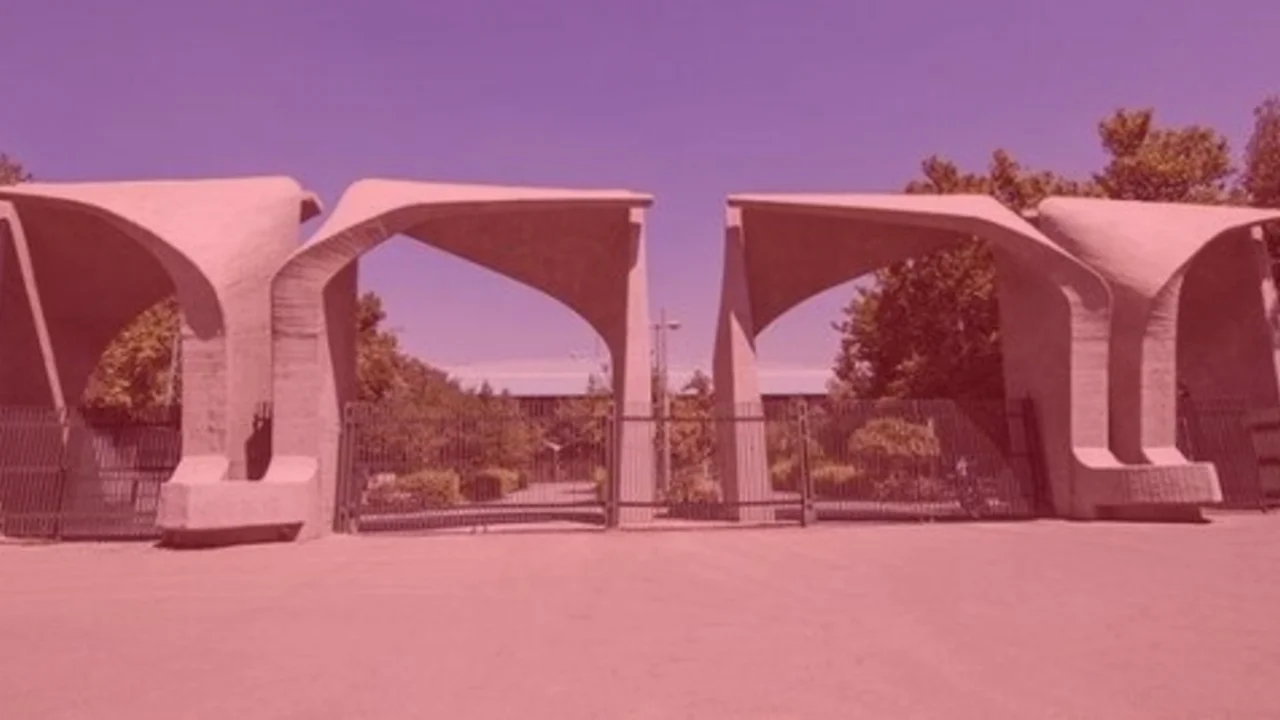Iran’s Budget: Share of Ayatollah Khamenei's Representatives in Universities Doubled
Iran Open Data analysis of the country's 2021 appropriations bill indicates that the Iranian parliament, Majlis, has allocated twice as much money to the Supreme Leader Representation in Universities (SLRU) as the government had originally requested.
The government had initially requested 211 billion tomans ($50.2 million USD) for the SLRU, but by the time the bill passed through various Majlis committees, the figure had doubled, reaching 413 billion tomans ($98.3 million USD). In addition, the organization has been given 50 billion toman ($11.9 million USD) in subsidies.
The SLRU is not the only organization with ties to Khamenei that had a record growth in its budget this year. The budget of the so-called Friday Prayer Policy Council (FPPC), also doubled,even though the congregational Friday prayers throughout Iran were cancelled for nearly 20 months due to the coronavirus pandemic.
FPPC is one of the dozens of religious institutions whose financial activities are not published despite receiving public funds.
Iran Open Data has previously reported on financial performances of some religious-propaganda organizations such as the Friday Prayer Policy Council, the Al-Mustafa International University, and the Holy Shrines Reconstruction Headquarters.
SLRU Budget Line
SLRU's budget line in the 2021 appropriations bill includes four different sections.
The main line is for the SLRU itself, with the rest going to three different entities known as University of Islamic Education, Institute of Islamic Culture and Education, Assistance to Universities’ Umrah and Holy Shrines Headquarters.
An examination of the previous appropriations bill reveals that new components such as the University of Islamic Studies and the Institute of Islamic Culture and Education have been added to the agency's budget. The latter three institutions were added to SLRU's budget line in recent years.
This article was originally published in Persian (available here).



